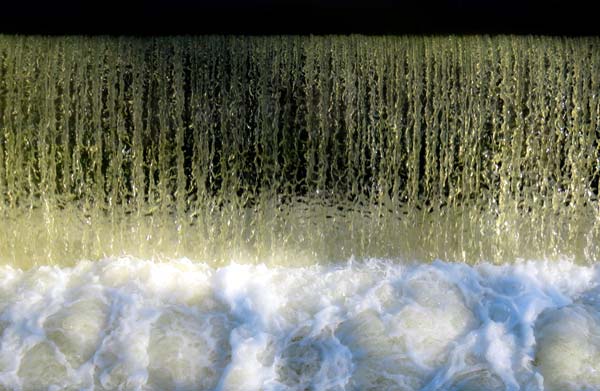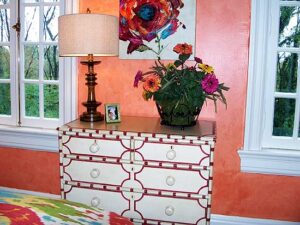Wall fountains are a novelty and something a little different. However, like all new things, what do you look for? So, we take you through your needs for your first wall fountain.

Choose the Right Spot
There are a few things you’ll need to think about before you begin digging. First, determine if there are utility lines in the location. Then, you’ll need to find a spot that won’t fill your water installation with leaves and other debris.
And, in order to slow down evaporation, you want to place it in a spot that is sheltered from the wind. This is especially important if you are installing a spray fountain. Large water gardens are sometimes affected by zoning codes. Check to see how close it can be to your property line.
Consider the Various Styles and Proportions
It should mesh with the rest of the grounds and the architecture used in your home. Water features work best when they aren’t the focal point of your landscaping. Wall water fountains do more for the look of your property when they function as an accent piece. For example, small gardens look best with a recirculating bubbler built into an attractive ceramic pot.
If your garden and home have a formal look, consider a pond or fountain with geometric lines. Informal housing styles look great when the water feature mimics nature’s own shapes.
If Required, Get a Building Permit
Some counties require a permit from the local building department when a water feature is connected to the home’s plumbing, requires an electrical connection, or is deeper than 18 inches.
Don’t Spend More Than You Can Afford
The cost of a water feature is open-ended in many ways. Keep in mind that it’s possible to quickly exceed your budget for the materials and plants.
Still Water vs Moving Water
The sound of water, as it moves, can be quite peaceful since it masks the sounds from the outside world. On the other hand, you’ll gain a beautiful reflecting pool if you opt for tranquil still water. However, a pump with a power source is necessary for moving water.
Keep in mind that pumps do come in many different sizes, including low-wattage versions for smaller ones. These smaller pumps are much simpler to install.
What about Plants or Fish?
If you do include fish, you won’t have the problem with mosquitoes that may present themselves with still water. Keep in mind that fish do better in moving water since there is more oxygen while plants fare better in still water.
Your water garden will need a minimum of five hours of daily, direct sunshine, or the water plants won’t thrive. On the other hand, that sunshine will quickly evaporate the water in shallow ponds so you will need to maintain the proper water level by installing a float valve that will add water as needed.
Hope these great tips will help you find the perfect water feature!



